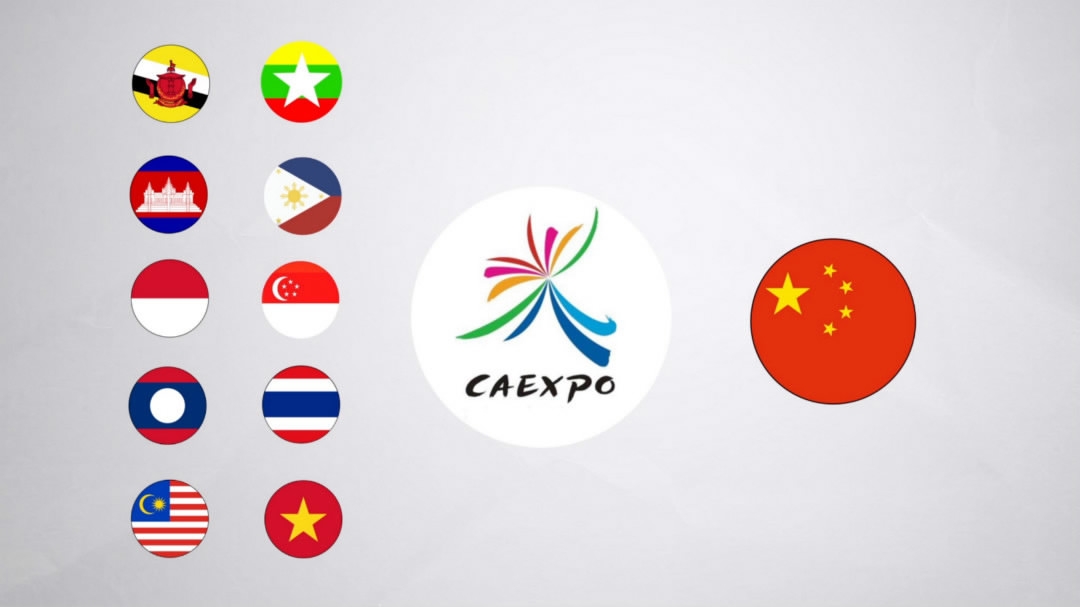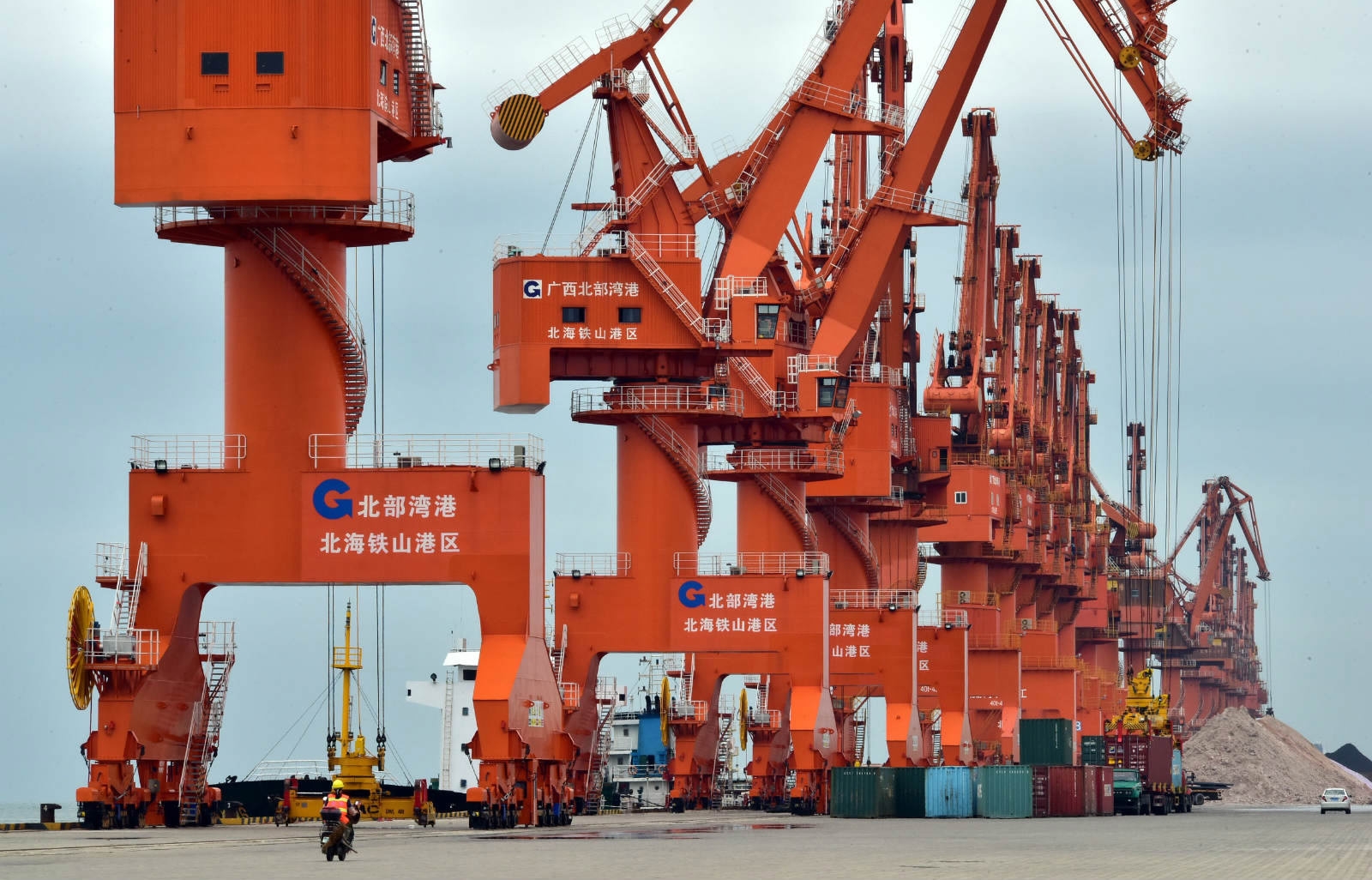
Business
07:36, 12-Sep-2017
China-ASEAN cooperation: figures talk
By CGTN's Yao Nian

The 14th China-ASEAN Expo (CAEXPO) opened on Tuesday with the aim of advancing regional economic integration through tourism and furthering connectivity through the 21st Century Maritime Silk Road, the theme for this year's event.
China and ASEAN have enjoyed friendly cooperation since establishing dialogue relations in 1991, with economic and people-to-people exchanges growing steadily and rapidly, according to the data from the Chinese Ministry of Commerce (MOFCOM).
Trade

Beibu Gulf /VCG Photo
Beibu Gulf /VCG Photo
China has been ASEAN’s largest trading partner for eight consecutive years, while ASEAN has been China’s third largest trading partner for six straight years.
In the first seven months of 2017, China’s trade with ASEAN increased by about 15 percent year-on-year. Last year, the total trade between the two amounted to 452 billion US dollars, eight times their trade volume in 2002 when the China-ASEAN Free Trade Area (CAFTA) was agreed on.
Over 90 percent of the exports from the two sides have achieved zero tariffs since the CAFTA came into effect in 2010. China’s average tariff rate on ASEAN products has been cut from 9.8 percent to 0.1 percent.
An upgraded agreement on CAFTA was reached in 2015.
The zone is the largest FTA among developing countries, with a population of 1.9 billion people, a total GDP of 6 trillion US dollars, and a total trade volume of 4.5 trillion US dollars.
Investment

Checking railway track levels. /VCG Photo
Checking railway track levels. /VCG Photo
China is now ASEAN’s fourth largest source of foreign direct investment (FDI). Two-way investment has exceeded 185 billion US dollars, MOFCOM data shows.
In 2016, FDI flows from China to ASEAN amounted to about 9 billion US dollars, growing around 44 percent year-on-year, with the financial and insurance sectors attracting about 73 percent of the total Chinese investment.
As of May this year, Chinese enterprises have signed contracts worth 296 billion US dollars with ASEAN on construction of roads, railways, airports, ports, bridges and electricity infrastructure among other projects.
China has constructed railways with Thailand, Laos and Indonesia, an oil pipeline with Myanmar, two industrial parks with Malaysia and connectivity projects with Singapore.
Tourism

Grand palace and Wat Phra Keaw at sunset Bangkok, Thailand /VCG Photo
Grand palace and Wat Phra Keaw at sunset Bangkok, Thailand /VCG Photo
China has been the number one source of tourists to ASEAN since 2012.
In 2016, about 20 million Chinese tourists visited ASEAN countries with an annual growth rate of 6.4 percent, while the number of tourist arrivals from ASEAN to China recorded around 10 million with a year-on-year increase of 57.8 percent.
China hopes to expand mutual investment in tourism, strengthen promotion of tourism resources, and advance tourism facilitation during 2017, which marks the year of tourism cooperation between China and ASEAN.
There are over 2,700 flights travelling between both sides every week.
In terms of visa policies, Indonesia now offers visa-free entry for Chinese tourists, while the Philippines introduced in August a visa-on-arrival scheme for Chinese nationals. Other ASEAN countries have also adopted measures to facilitate visa issuance for travelers from China.
(Video made by CGTN's Fu Lei)
2049km

SITEMAP
Copyright © 2018 CGTN. Beijing ICP prepared NO.16065310-3
Copyright © 2018 CGTN. Beijing ICP prepared NO.16065310-3